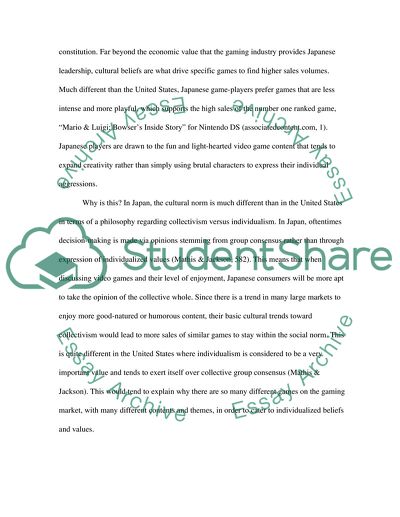Cite this document
(“Why is Japanese Video Game Culture so Different from U.S Research Paper”, n.d.)
Why is Japanese Video Game Culture so Different from U.S Research Paper. Retrieved from https://studentshare.org/other/1565082-why-is-japanese-video-game-culture-so-different-from-us
Why is Japanese Video Game Culture so Different from U.S Research Paper. Retrieved from https://studentshare.org/other/1565082-why-is-japanese-video-game-culture-so-different-from-us
(Why Is Japanese Video Game Culture so Different from U.S Research Paper)
Why Is Japanese Video Game Culture so Different from U.S Research Paper. https://studentshare.org/other/1565082-why-is-japanese-video-game-culture-so-different-from-us.
Why Is Japanese Video Game Culture so Different from U.S Research Paper. https://studentshare.org/other/1565082-why-is-japanese-video-game-culture-so-different-from-us.
“Why Is Japanese Video Game Culture so Different from U.S Research Paper”, n.d. https://studentshare.org/other/1565082-why-is-japanese-video-game-culture-so-different-from-us.


